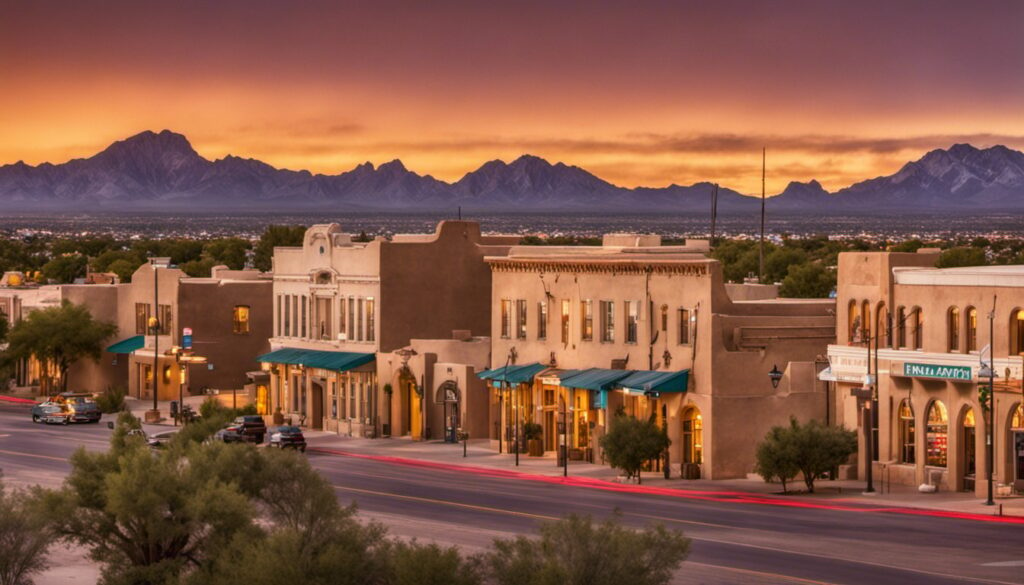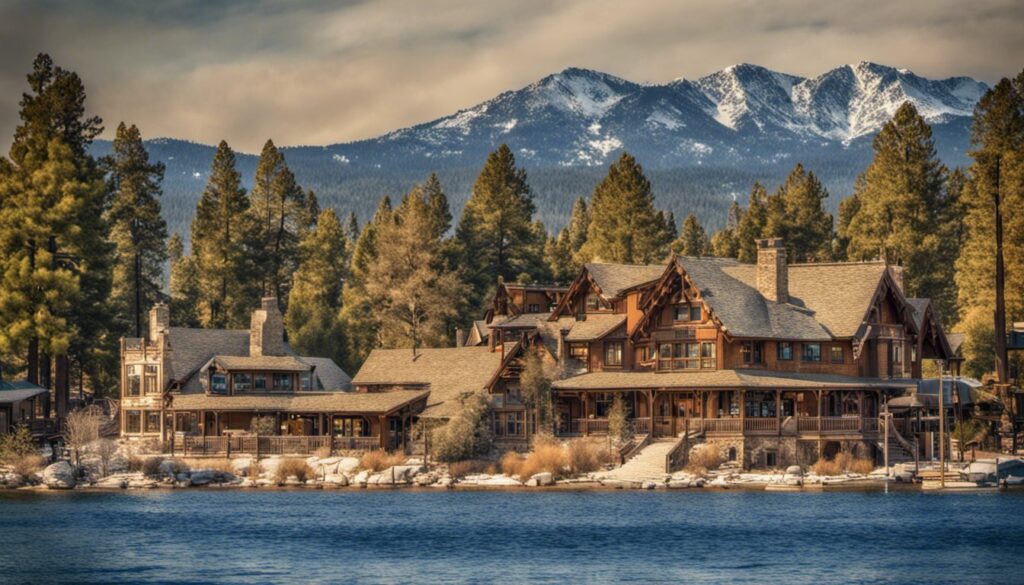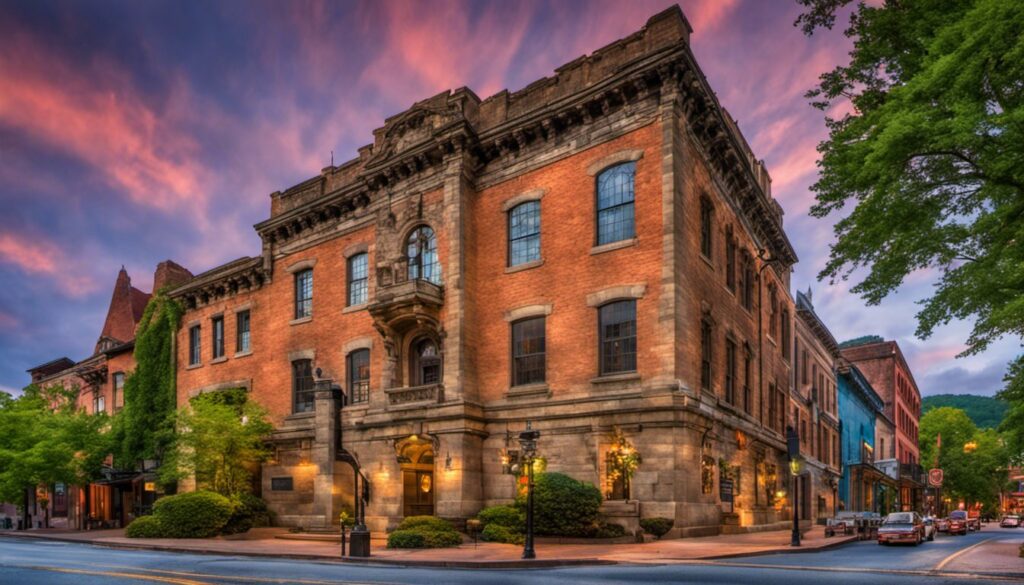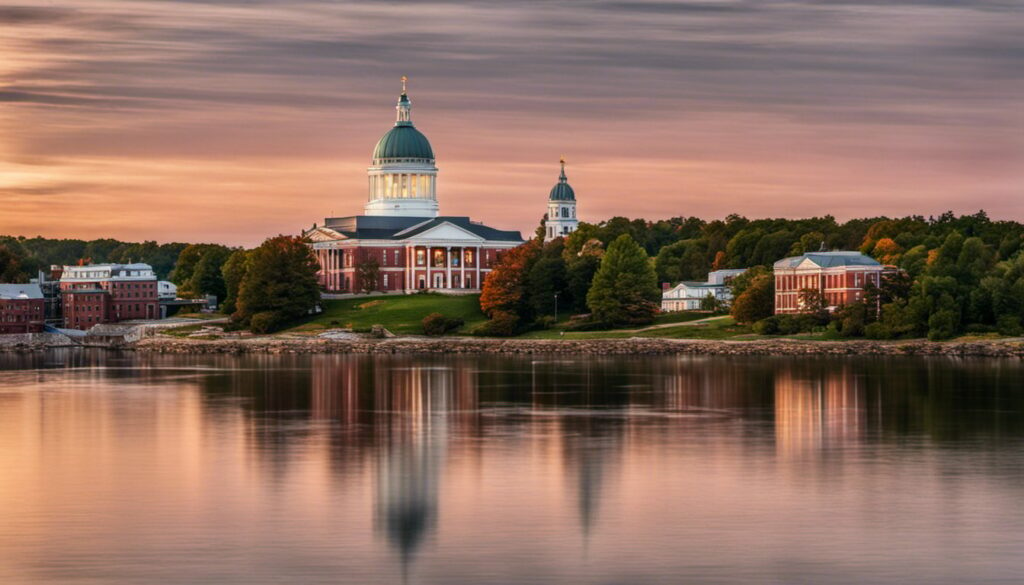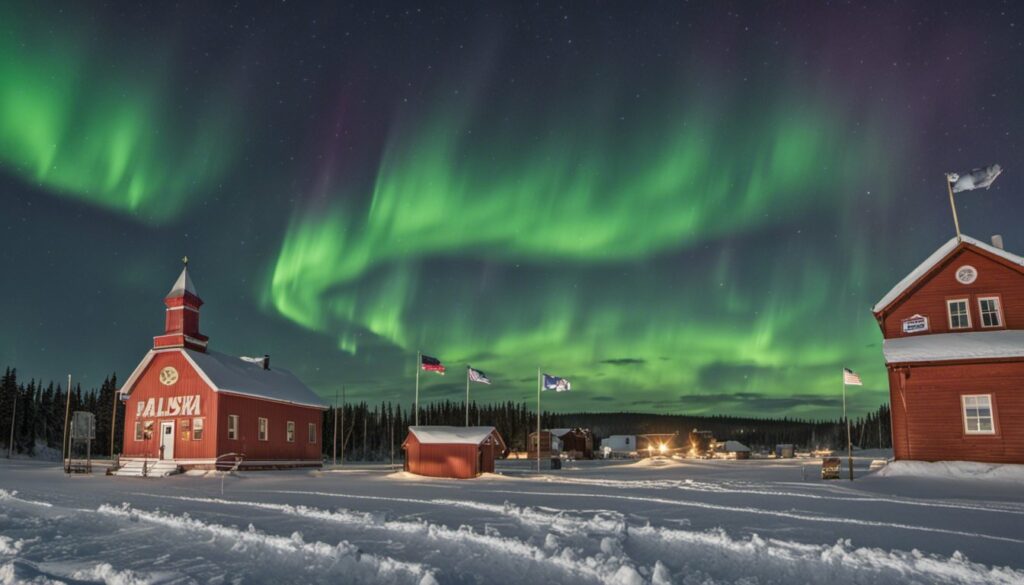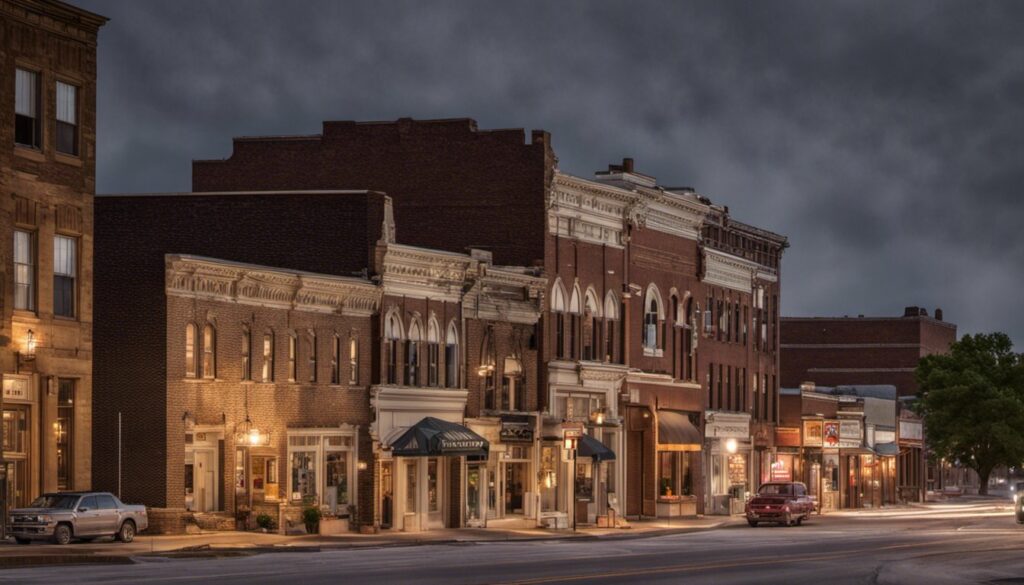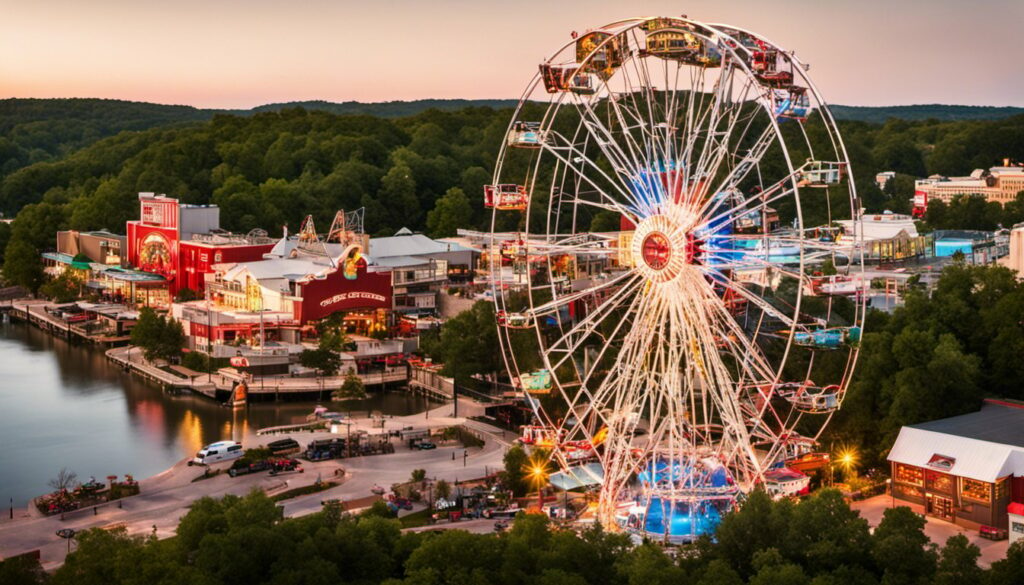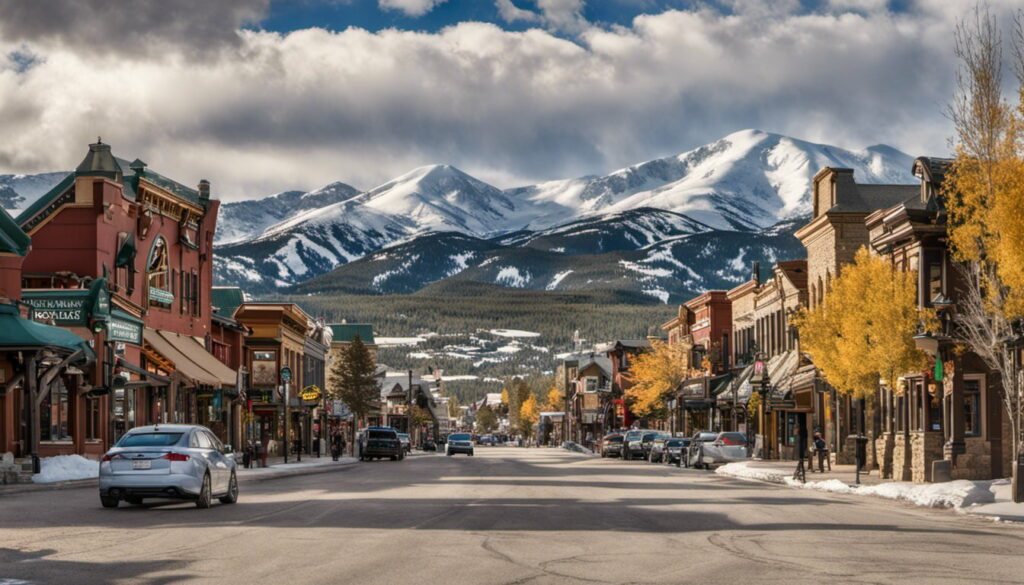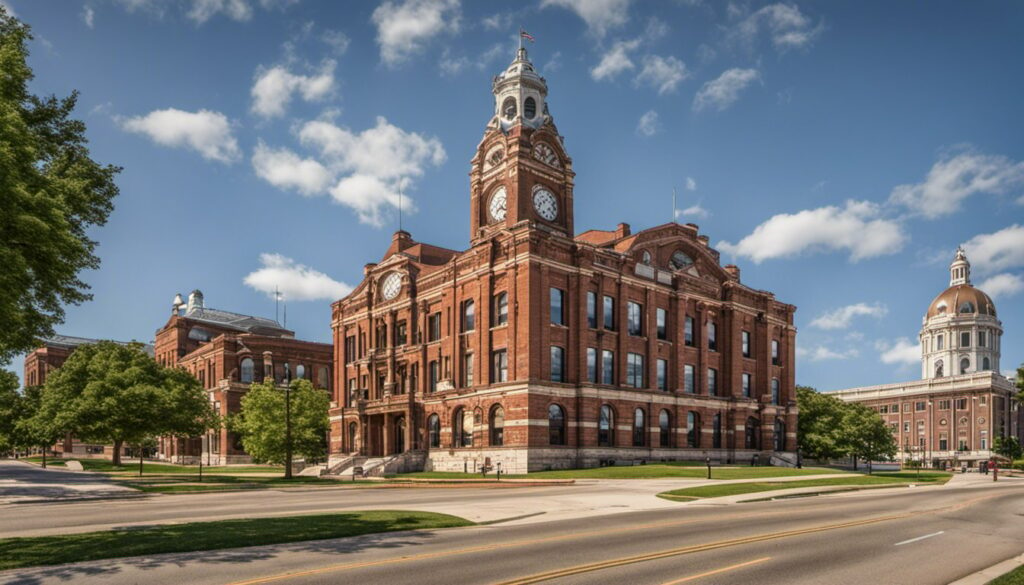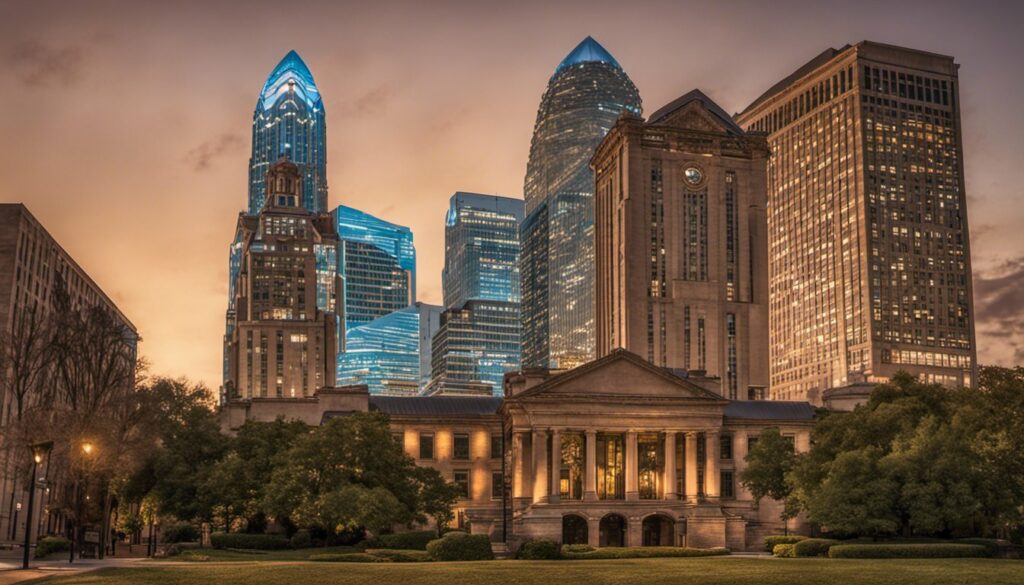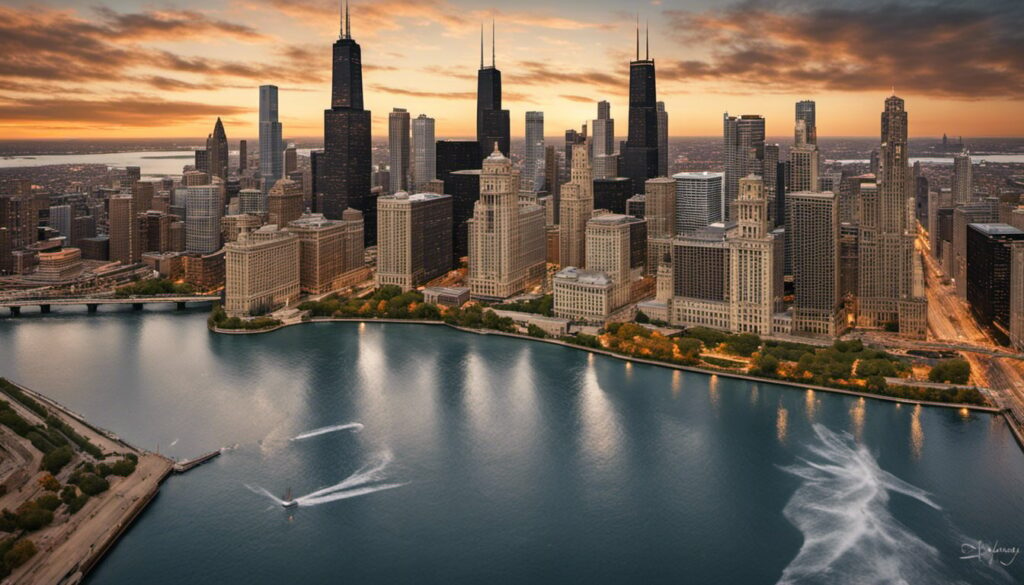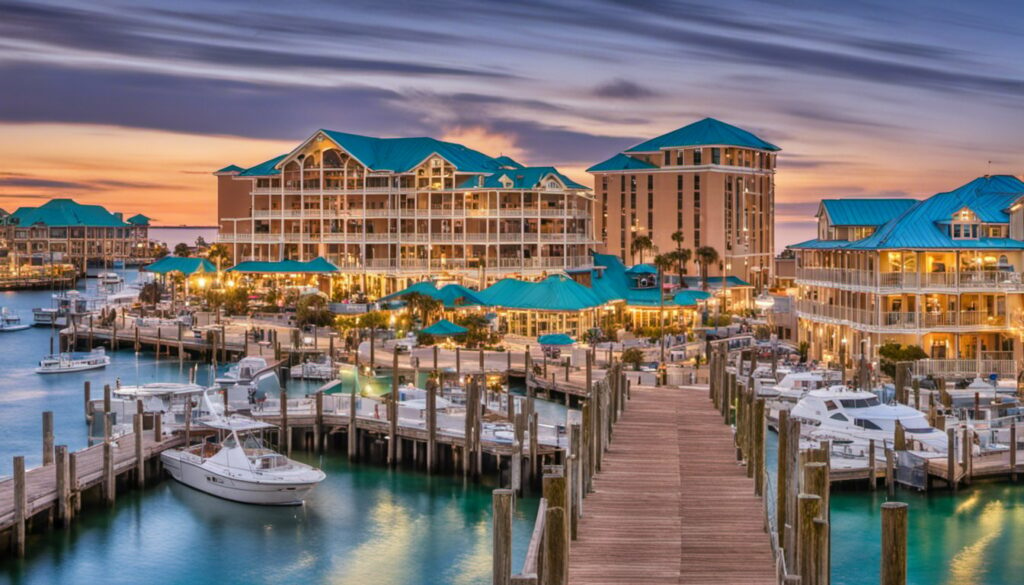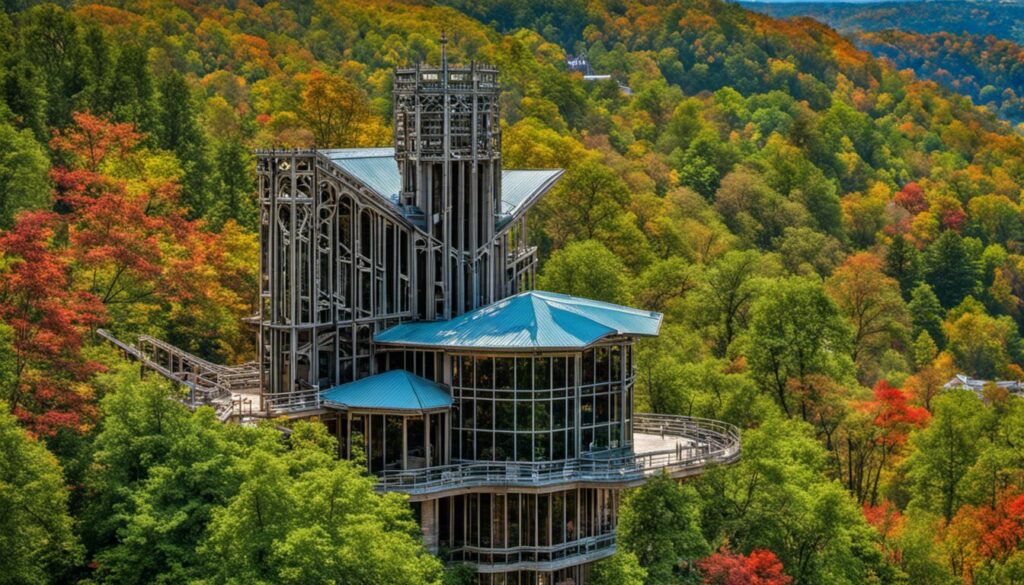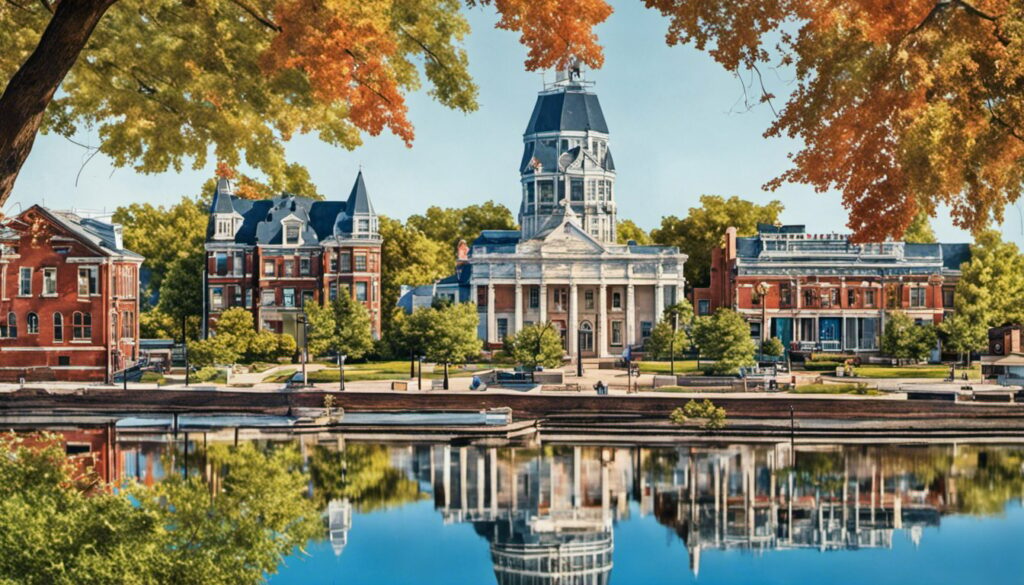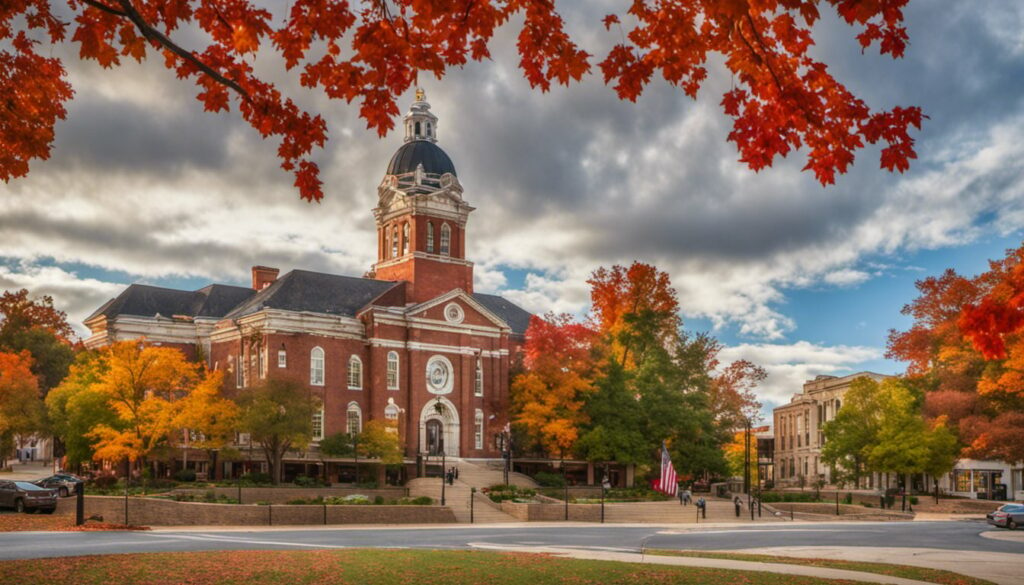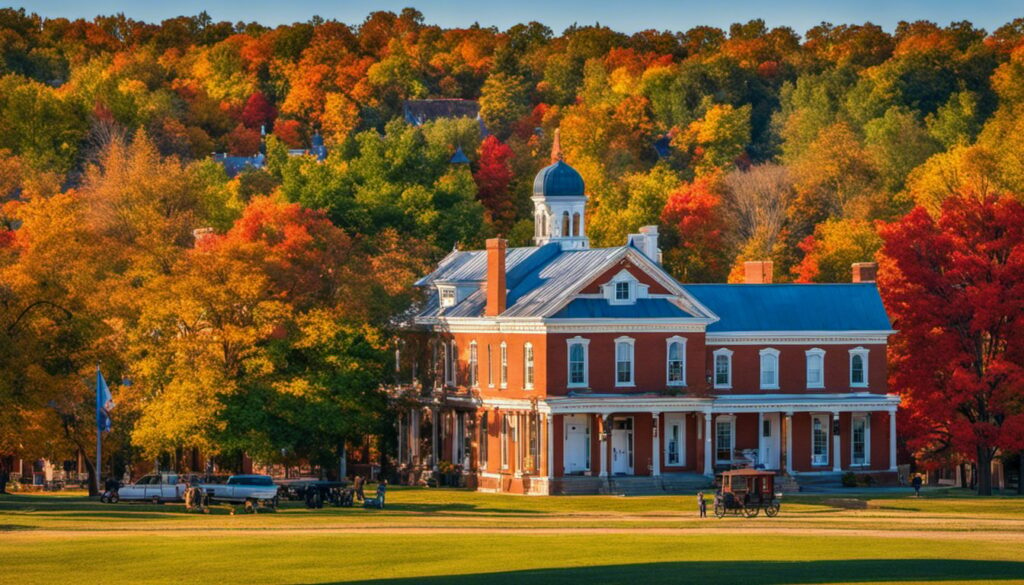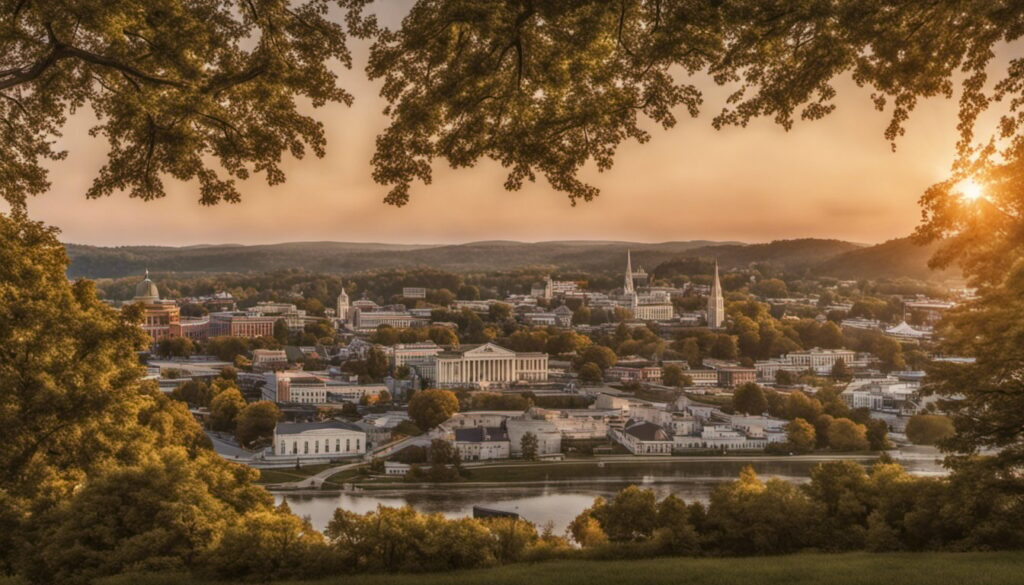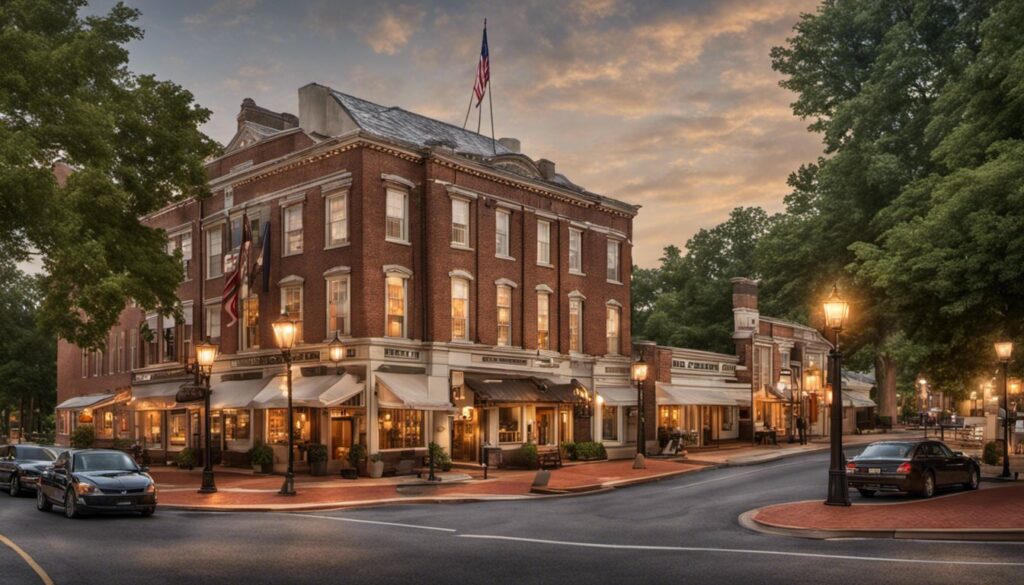Table Of Content
Explore Las Cruces, New Mexico: A Listicle of Historical Sites and Famous Landmarks

If you’re planning a trip to Las Cruces, New Mexico, you’re in for a treat. This city is home to a wealth of historical sites and famous landmarks that are sure to captivate and inspire you. From the towering Organ Mountains to the charming Old Mesilla Village, Las Cruces is a city that is steeped in history and brimming with culture.
Exploring the magic of Las Cruces is a must for anyone visiting the area. With so many historical sites and famous landmarks to choose from, you’ll be spoiled for choice. Whether you’re interested in exploring the rich cultural contributions of the region, or you’re looking for outdoor adventures that will get your heart racing, Las Cruces has something for everyone.
In this listicle, we’ll take a closer look at some of the most popular historical sites and famous landmarks in Las Cruces. From the stunning Rio Grande to the awe-inspiring White Sands National Monument, we’ll introduce you to the best that this city has to offer. So pack your bags, grab your camera, and get ready to explore the magic of Las Cruces, New Mexico.
Key Takeaways
- Las Cruces is a city that is steeped in history and brimming with culture.
- There are a wealth of historical sites and famous landmarks to choose from in Las Cruces.
- From the stunning Rio Grande to the awe-inspiring White Sands National Monument, Las Cruces has something for everyone.
Exploring the Magic of Las Cruces
You’re in for a treat when you explore the magic of Las Cruces, New Mexico. Known as the “land of enchantment,” Las Cruces is a city filled with rich history, beautiful scenery, and famous landmarks. From historic sites to natural wonders, there’s something for everyone to enjoy.
One of the most famous landmarks in Las Cruces is the Mesilla Plaza. This historic site dates back to the 1850s and is home to several shops, restaurants, and art galleries. Take a stroll around the plaza and admire the beautiful architecture and charming atmosphere.
If you’re interested in history, a visit to the New Mexico Farm & Ranch Heritage Museum is a must. This museum explores 3,000 years of agricultural history in the Rio Grande Valley. Learn about the Native Americans, chile, cotton, pecan, and dairy farmers who have shaped the region.
Another historic site worth visiting is the Mesquite Historic District. This area was the original townsite of Las Cruces and is home to several historic buildings and landmarks. Take a walking tour to explore the origins of Las Cruces and learn about the city’s rich history.
For those who love the outdoors, a visit to the Organ Mountains-Desert Peaks National Monument is a must. This natural wonder is home to stunning rock formations, hiking trails, and wildlife. Take a hike and enjoy the breathtaking views of the surrounding landscape.
Las Cruces truly has something for everyone to enjoy. Whether you’re interested in history, nature, or simply exploring the city, you’re sure to find something that will capture your imagination. So pack your bags and get ready to explore the magic of Las Cruces, New Mexico.
Historical Sites
If you are a history buff, Las Cruces, New Mexico, has plenty of historical sites to explore. From prehistoric petroglyphs to Spanish colonial missions and 19th-century forts, the region is rich in cultural heritage and natural wonders. Here are some must-visit historical sites in Las Cruces:
Bandelier National Monument

Bandelier National Monument, located in the Jemez Mountains, is a 33,677-acre park that preserves the homes and territories of the Ancestral Pueblo people. The park features ancient cliff dwellings, rock paintings, and petroglyphs. You can take a self-guided tour of the Main Loop Trail, which leads you through the heart of the park and showcases the best of the Ancestral Puebloan culture.
Fort Bayard

Fort Bayard, established in 1866, is a historic military fort that served as a hospital for soldiers during the Indian Wars, the Spanish-American War, and World War II. Today, the fort is a National Historic Landmark and a popular tourist attraction. You can explore the fort’s museum, which features exhibits on the history of the fort and the soldiers who served there.
El Santuario De Chimayó

El Santuario De Chimayó is a historic Catholic church located in Chimayó, New Mexico. The church is famous for its healing powers and attracts thousands of pilgrims every year. You can visit the church and explore its beautiful adobe architecture, religious art, and holy dirt. The church also hosts an annual pilgrimage during Holy Week.
Mesilla Plaza

Mesilla Plaza, located in the heart of Old Mesilla, is a historic district that dates back to the 1850s. The plaza features adobe buildings, shops, restaurants, and a historic jail. You can take a walking tour of the plaza and learn about the history of the area and its role in the American Southwest.
Palace of the Governors

The Palace of the Governors, located in Santa Fe, is a historic adobe building that served as the seat of government for the Spanish colony of New Mexico and later as the territorial government of New Mexico. Today, the palace is a museum that showcases the history of Santa Fe and New Mexico. You can explore the museum’s exhibits, which feature Spanish colonial art, artifacts, and documents.
Trinity Site

Trinity Site, located in the Jornada del Muerto desert, is the site of the first atomic bomb test in history. The site is open to the public twice a year, on the first Saturdays of April and October. You can visit the site and learn about the history of the atomic bomb and its impact on the world.
El Morro National Monument

El Morro National Monument, located in western New Mexico, is a historic site that features a sandstone bluff with inscriptions and petroglyphs dating back to prehistoric times. The site also features a historic waterhole and a Spanish colonial fort. You can take a self-guided tour of the site and learn about the history of the area and its significance to Native Americans, Spanish explorers, and American pioneers.
Pecos National Historical Park

Pecos National Historical Park, located near Santa Fe, is a historic site that preserves the ruins of a 15th-century Pueblo village and a 17th-century Spanish mission. The park also features a visitor center, museum, and hiking trails. You can explore the ruins and learn about the history of the Pueblo people and the Spanish colonization of New Mexico.
Famous Landmarks
Las Cruces, New Mexico is home to several famous landmarks that are worth visiting. Here are some of the most popular landmarks that you should definitely check out:
Taos Pueblo

Taos Pueblo is a UNESCO World Heritage Site located in Taos, New Mexico. It is one of the oldest continuously inhabited communities in the United States, with some of its structures dating back to the 13th century. The pueblo is made up of adobe structures and is home to a Native American community. You can take a guided tour of the pueblo and learn about its history and culture.
Santa Fe Plaza

Santa Fe Plaza is a historic landmark located in the heart of Santa Fe, New Mexico. It was established in 1610 and is the oldest public space in the United States. The plaza is surrounded by historic buildings, including the Palace of the Governors, which was built in the early 17th century. You can take a walking tour of the plaza and learn about its history and significance.
Las Trampas Historic District

The Las Trampas Historic District is located in northern New Mexico and is home to several historic buildings, including the San José de Gracia Church, which was built in the late 18th century. The district is known for its Spanish Colonial architecture and is a popular destination for history buffs.
Bandelier Ccc Historic District

The Bandelier Ccc Historic District is located in the Bandelier National Monument and is home to several historic buildings that were built by the Civilian Conservation Corps in the 1930s. The district is known for its rustic architecture and is a popular destination for hiking and camping.
Acoma Pueblo

Acoma Pueblo is a Native American community located in western New Mexico. It is known for its adobe buildings, which are built on top of a mesa. The pueblo is a National Historic Landmark and is a popular destination for tourists.
Aztec Ruins National Monument

The Aztec Ruins National Monument is located in Aztec, New Mexico and is home to several ancient Puebloan structures, including the Great Kiva, which was built in the 11th century. The monument is a National Historic Landmark and is a popular destination for history buffs.
White Sands National Park

White Sands National Park is located in southern New Mexico and is home to the largest gypsum dune field in the world. The park is known for its stunning white sand dunes and is a popular destination for hiking, camping, and stargazing.
These are just a few of the famous landmarks that you can visit in Las Cruces, New Mexico. Each landmark has its own unique history and significance, so be sure to check them all out.
Outdoor Adventures
If you’re looking for an outdoor adventure in Las Cruces, there are plenty of options to choose from. Here are some must-visit national monuments and historical sites that offer stunning views and unique experiences.
Chaco Culture National Historical Park

Chaco Culture National Historical Park is a UNESCO World Heritage Site that is home to the most extensive collection of ancient ruins north of Mexico. The park is located in the heart of the Chacoan culture, which thrived in the area from AD 850 to 1250. You can explore the park’s ancient architecture, including the Great Houses, which were once the center of Chacoan society. Hiking trails are available, so you can explore the park’s natural beauty and see the ruins up close.
Gila Cliff Dwellings National Monument

Gila Cliff Dwellings National Monument is located in the Gila Wilderness, which is the nation’s first designated wilderness area. The monument is home to the ruins of the Mogollon people, who lived in the area from AD 1275 to 1300. The ruins are built into the cliffs and offer a unique glimpse into the lives of the ancient people who once called the area home. The monument offers hiking trails, camping, and guided tours.
Petroglyph National Monument

Petroglyph National Monument is home to one of the largest collections of petroglyphs in North America. The monument is located on the west side of Albuquerque and offers stunning views of the Sandia Mountains. The petroglyphs were created by Native Americans and Spanish settlers between 400 and 700 years ago. The monument offers hiking trails, camping, and guided tours.
Salinas Pueblo Missions National Monument

Salinas Pueblo Missions National Monument is home to three 17th-century Spanish missions and the ruins of a 17th-century pueblo. The missions were built by Spanish colonists to convert the local Native Americans to Christianity. The pueblo was home to the Piro Indians, who were forced to abandon their homes during the Pueblo Revolt of 1680. The monument offers hiking trails, camping, and guided tours.
Las Cruces is also home to many other outdoor adventures, such as hiking trails, hot springs, and camping. The Rio Grande runs through the area, offering opportunities for water sports and fishing. The nearby mountains offer stunning views and hiking trails, while the caves and rain provide unique experiences. The National Park Service manages many of the outdoor areas in the region, ensuring that they are well-maintained and accessible to visitors.
Cultural Contributions
Las Cruces, New Mexico has a rich cultural history, with influences from Spanish settlers dating back to the 16th century. The city is home to many descendants of these settlers, who have helped shape the unique neighborhoods and landmarks that make Las Cruces a must-visit destination.
Santa Fe

One of the most significant cultural contributions to Las Cruces is the influence of Santa Fe. As the oldest capital city in the United States, Santa Fe has a rich history of art, architecture, and cultural traditions that have spread throughout the region. Many of the landmarks and cultural sites in Las Cruces are influenced by Santa Fe’s unique style, including the adobe architecture and vibrant art scene.
Taos

Another significant cultural influence on Las Cruces comes from Taos, a small town in northern New Mexico known for its historic adobe buildings and vibrant arts community. Many of the artists and craftsmen from Taos have migrated to Las Cruces, leaving their mark on the city’s cultural landscape.
Los Alamos

Los Alamos, the birthplace of the atomic bomb, has also contributed to Las Cruces’ cultural heritage. Many of the scientists and engineers who worked on the Manhattan Project settled in Las Cruces after the war, bringing with them their unique perspectives and contributions to science and technology.
Mora

Mora, a small town in northern New Mexico, has also played a significant role in Las Cruces’ cultural history. Many of the city’s residents trace their roots back to Mora, and the town’s traditions and customs have had a lasting impact on the city’s cultural landscape.
Union

Union, a small town in southeastern New Mexico, has contributed to Las Cruces’ cultural heritage through its ranching and agricultural traditions. Many of the city’s residents have roots in Union, and the town’s cowboy culture is still evident in Las Cruces’ annual rodeo and other cultural events.
Lincoln

Finally, Lincoln, a historic town in southern New Mexico, has also played a role in shaping Las Cruces’ cultural landscape. The town is known for its rich history, including the Lincoln County War, and many of its traditions and customs have been passed down to Las Cruces’ residents.
Overall, Las Cruces’ cultural contributions are diverse and significant, with influences from many different regions and traditions. Whether you’re interested in art, history, or science, Las Cruces has something to offer for everyone.
Local Delights
Las Cruces, New Mexico is a cultural hub with a rich history, and there are many local delights to explore. From the charming town of Lea to the vibrant city of Santa Fe, there is something for everyone. Here are some must-visit places in each of these sub-regions:
Lea

Lea is a small town with a big personality. Here, you can explore the Lea County Museum, which showcases the area’s rich history. You can also enjoy a delicious meal at the popular restaurant, Lea County Inn.
Santa Fe

Santa Fe is a lively city with a vibrant arts scene. You can explore the historic Santa Fe Plaza and the Palace of the Governors, which is the oldest continuously occupied public building in the United States. You can also enjoy a delicious meal at the famous restaurant, The Shed.
Taos

Taos is a charming town with a unique history. You can explore the Taos Pueblo, which is a UNESCO World Heritage site and one of the oldest continuously inhabited communities in the United States. You can also enjoy a delicious meal at the popular restaurant, The Love Apple.
Bernalillo

Bernalillo is a small town with a rich history. You can explore the Coronado Historic Site, which is a National Historic Landmark and the site of the first Spanish settlement in New Mexico. You can also enjoy a delicious meal at the popular restaurant, The Range Cafe.
San Juan

San Juan is a small town with a big heart. You can explore the Aztec Ruins National Monument, which is a UNESCO World Heritage site and the site of a 900-year-old ancestral Pueblo great house. You can also enjoy a delicious meal at the popular restaurant, The Wagon Wheel.
San Miguel

San Miguel is a charming town with a rich history. You can explore the Fort Union National Monument, which is a National Historic Landmark and the site of a 19th-century military fort. You can also enjoy a delicious meal at the popular restaurant, El Parasol.
Rio Arriba

Rio Arriba is a beautiful region with a rich cultural heritage. You can explore the Chimayo Historic District, which is a National Historic Landmark and the site of the Santuario de Chimayo, a famous pilgrimage site. You can also enjoy a delicious meal at the popular restaurant, Rancho de Chimayo.
Roosevelt

Roosevelt is a small town with a big personality. You can explore the Portales Historical Society Museum, which showcases the area’s rich history. You can also enjoy a delicious meal at the popular restaurant, Something Different.
Sandoval

Sandoval is a beautiful region with a rich history. You can explore the Coronado State Monument, which is a National Historic Landmark and the site of the first Spanish settlement in New Mexico. You can also enjoy a delicious meal at the popular restaurant, The Range Cafe.
Socorro

Socorro is a small town with a big heart. You can explore the El Camino Real International Heritage Center, which is a National Historic Landmark and the site of a 17th-century trade route. You can also enjoy a delicious meal at the popular restaurant, Socorro Springs Brewing Company.
Torrance

Torrance is a charming town with a rich history. You can explore the Moriarty Historical Society Museum, which showcases the area’s rich history. You can also enjoy a delicious meal at the popular restaurant, The Driftwood.
No matter where you go in Las Cruces, you are sure to find something to delight your senses. From the delicious local cuisine to the rich history and culture, there is something for everyone to enjoy. And with the beautiful weather and stunning fall foliage, there is no better time to explore this incredible region. Don’t forget to take a trip to Elephant Butte Lake State Park, where you can enjoy boating, fishing, and other outdoor activities.
Counties and Neighborhoods
Las Cruces, New Mexico is located in Doña Ana County, which is the second-most populous county in the state with a population of over 200,000 people. The county is named after a woman, Doña Ana Robledo, who was one of the area’s first settlers.
Within Las Cruces, there are several historic neighborhoods that are worth exploring. One of these is the Barrio De Analco Historic District, which is located just south of the downtown area. This neighborhood was established in the early 1850s and is one of the oldest in the city. It is home to several historic adobe buildings, including the San Albino Church, which was built in 1906.
Another neighborhood worth exploring is the Lincoln Historic District, which is located in the heart of the city. This neighborhood is named after President Abraham Lincoln and is home to several historic homes, many of which were built in the late 1800s and early 1900s. The neighborhood is also home to the Branigan Cultural Center, which is housed in a historic building that was once a library.
If you’re interested in exploring some of the historic sites outside of Las Cruces, you might want to consider visiting Abó, which is located in Valencia County. Abó is home to the Abó Ruins, which are the remains of a 17th-century pueblo. The ruins are located in the Salinas Pueblo Missions National Monument and are a great place to learn about the area’s Native American history.
While Las Cruces is located in Doña Ana County, there are several other counties in the area that are worth exploring. For example, Catron County is located to the west of Doña Ana County and is home to the Gila National Forest, which is one of the largest national forests in the country. Cibola County is located to the north of Doña Ana County and is home to several historic sites, including the Acoma Pueblo, which is one of the oldest continuously inhabited communities in North America.
Overall, Las Cruces and the surrounding area are home to a rich history that is just waiting to be explored. Whether you’re interested in exploring historic neighborhoods or visiting ancient ruins, there is something for everyone in this part of New Mexico.
Frequently Asked Questions
What are the top historical sites to visit in Las Cruces?
Las Cruces is home to many historical sites that are worth visiting. Some of the top historical sites include the Mesilla Plaza, which dates back to the 1850s and is home to many historic buildings, including the San Albino Basilica. Another must-visit historical site is the New Mexico Farm and Ranch Heritage Museum, which explores 3,000 years of agricultural history in the Rio Grande Valley.
What are some must-see landmarks in Las Cruces?
Las Cruces is home to many famous landmarks that are worth visiting. Some of the must-see landmarks include the Organ Mountains, which are a popular spot for hiking and outdoor activities. Another famous landmark is the Las Cruces Water Tank Murals, which feature beautiful murals painted on the sides of water tanks throughout the city.
Which historical site in Las Cruces is the oldest?
The oldest historical site in Las Cruces is the Mesilla Plaza, which dates back to the 1850s. This historic plaza is home to many historic buildings, including the San Albino Basilica, which was built in 1906.
What is the significance of the Organ Mountains in Las Cruces?
The Organ Mountains are a significant landmark in Las Cruces, as they are a popular spot for hiking and outdoor activities. The mountains are also home to many unique plants and animals that are native to the area.
What famous events have taken place in Las Cruces?
Las Cruces has been the site of many famous events throughout its history. One of the most famous events was the Battle of Mesilla, which took place during the Civil War. Another famous event was the trial of Billy the Kid, which took place in the old courthouse in Mesilla.
What is the cultural significance of Las Cruces’ architecture?
Las Cruces’ architecture is a mix of different styles, including Spanish Colonial, Victorian, and Art Deco. The city’s architecture reflects its rich history and cultural diversity, and many of the historic buildings in the city have been preserved and restored over the years.

